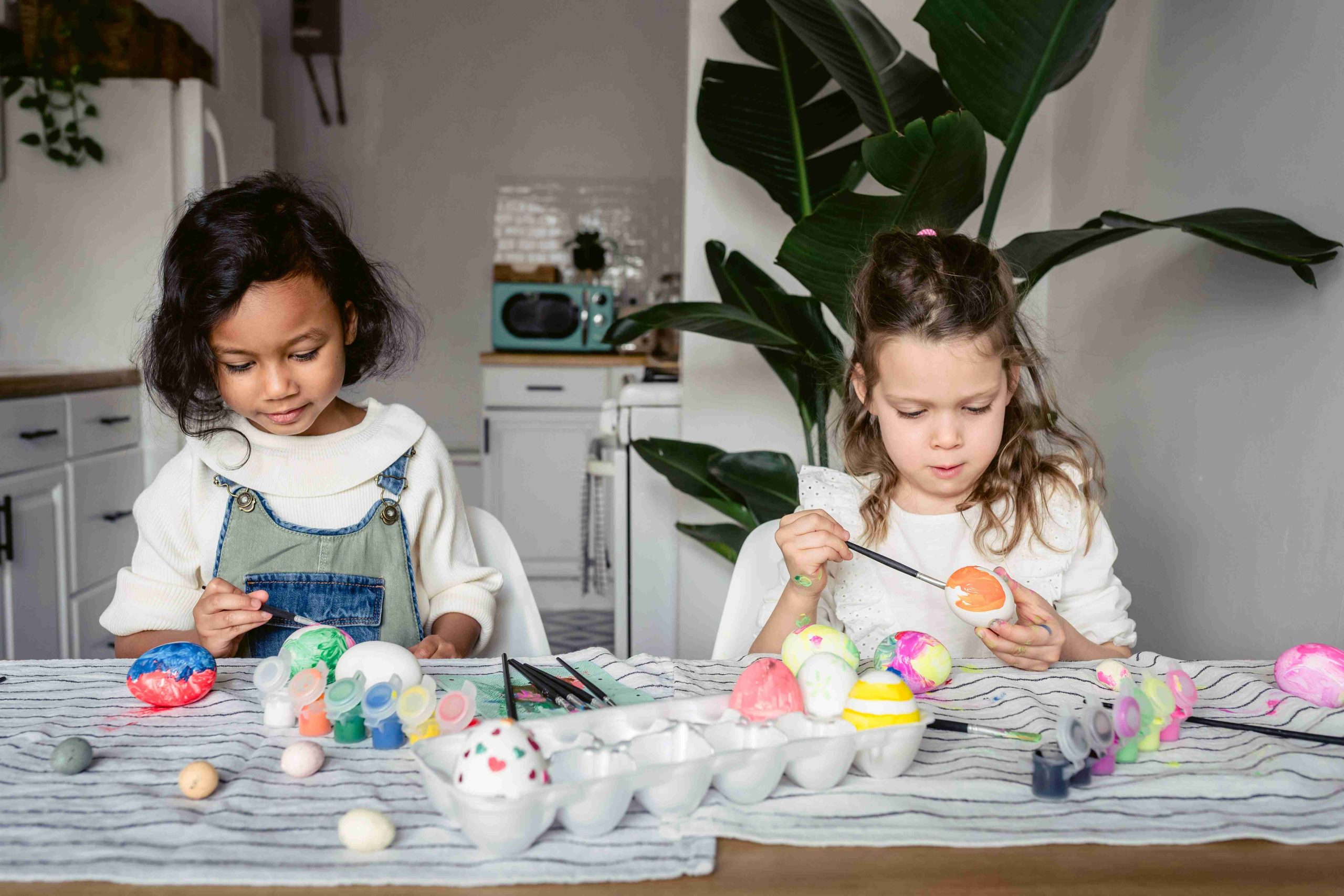
The Learning Journey Process Timeline for Preschoolers: Setting Goals, Reflecting, and Adapting to Change
Stage 1: Preparation
In the preparation stage, learners set their goals and identify the resources they need. This involves understanding their motivations, preferences, and learning needs. They explore various tools such as mentors, workshops, and online courses to plan effectively. Addressing potential challenges and strategies to overcome them sets a strong foundation for the journey ahead.
Stage 2: Acquisition
The acquisition stage is where actual learning occurs. Learners immerse themselves in mastering the necessary skills and knowledge. They employ diverse learning tools and strategies like books, movies, podcasts, and practice exercises. Seeking feedback from mentors, peers, and experts enhances learning outcomes.
Stage 3: Reflection
Reflection is crucial for consolidating learning experiences. Learners evaluate strengths, weaknesses, and the learning journey’s overall effectiveness. Questions like “What did I learn?” and “What could I do better?” guide this introspection. Reflective practices foster self-awareness, critical thinking, and metacognitive skills.
Stage 4: Application
Applying acquired knowledge to real-world situations is pivotal for evaluating its effectiveness. Learners solve problems, make decisions, and innovate using their learning. Identifying opportunities such as internships and project work facilitates this process. Seeking feedback helps refine solutions and identify areas for improvement.
Stage 5: Sharing
Sharing learning experiences with others reinforces understanding and inspires fellow learners. Communication through presentations, articles, or group discussions solidifies learning. Seeking feedback on the impact of shared knowledge fosters continuous improvement and collaboration.
Stage 6: Extension
The extension stage propels learners beyond their initial goals. Setting new objectives and exploring uncharted territories is both exciting and challenging. Reflecting on past experiences guides this exploration. Learners seek new resources and opportunities while embracing feedback to adapt and grow.
Setting Clear Learning Goals
Clear learning goals lay the foundation for a successful journey. Learners identify interests, strengths, and weaknesses to set specific, measurable, achievable, relevant, and time-bound (SMART) goals. For example, a preschooler’s goal to read ten new words daily for three months demonstrates clarity and focus.
Identifying Learning Resources
Effective learning requires suitable resources. Learners assess their goals and preferences to choose appropriate resources. These can be formal, informal, or self-directed, tailored to individual learning styles. Seeking guidance from mentors or peers enhances resource selection.
Reflecting on Learning Experiences
Reflection deepens learning by evaluating experiences and identifying areas for improvement. Questions like “What did I learn?” and “How can I improve?” guide this process. Keeping a learning journal or seeking feedback fosters continuous growth and development.
Applying Learning to Real-World Situations
Applying learning in real-world contexts enhances its relevance and effectiveness. Learners solve problems, make decisions, and create solutions based on acquired knowledge. Seeking opportunities for practical application and feedback refines skills and fosters innovation.
Collaborating and Networking
Collaboration and networking enrich the learning journey by providing diverse perspectives and support. Working with peers and mentors on shared goals fosters knowledge exchange and mutual growth. Participating in group projects, discussions, or events expands horizons and builds valuable relationships.
Continuing the Learning Journey
The learning journey is a lifelong pursuit of growth and development. Cultivating a growth mindset and embracing new challenges sustains learning momentum. Seeking formal and informal learning opportunities ensures relevance and adaptability in an ever-changing world.
Conclusion
The learning journey process timeline empowers learners to achieve their goals effectively. By setting clear objectives, identifying resources, reflecting on experiences, applying learning, collaborating, and continuing growth, learners navigate challenges with confidence and resilience. Embracing a growth mindset and leveraging support from educators, parents, and peers ensures lifelong learning success.


